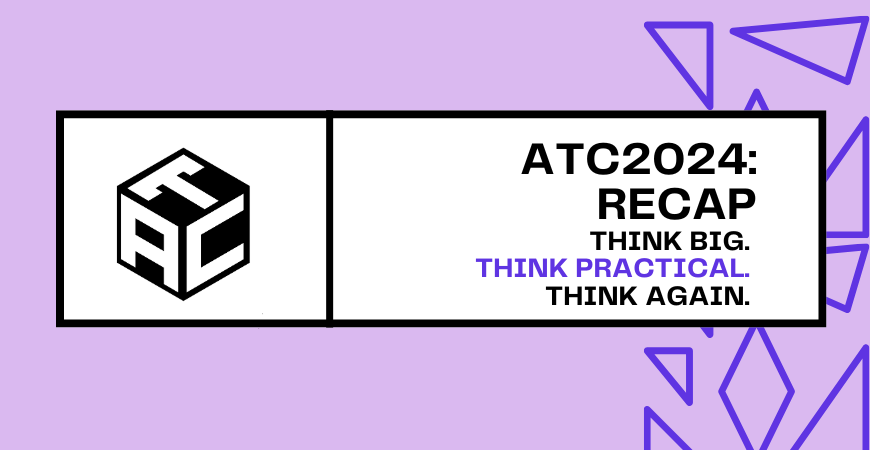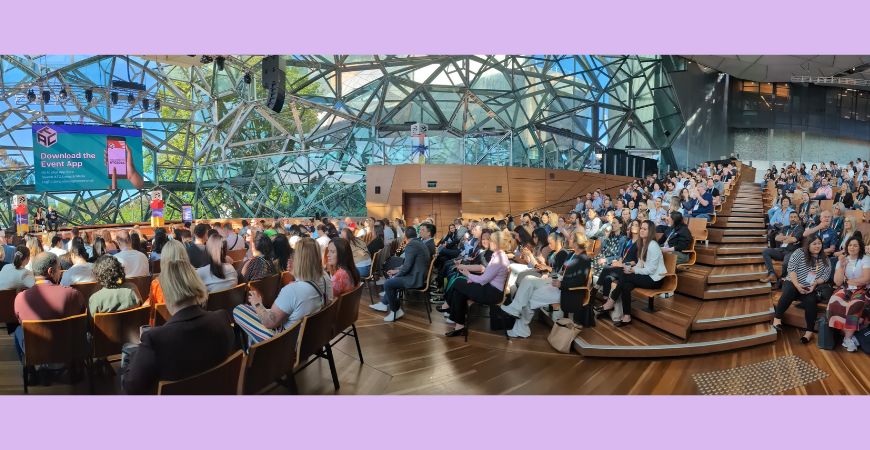In mid-August I took part in ATC’s inaugural Future of Talent Retreat, with 30 heads of Talent from some of the largest employers in A/NZ. We spent two days in Victoria’s beautiful Macedon Ranges, discussing a series of key strategic issues facing the recruitment sector and as you would expect, it was both challenging and illuminating, with our discussions helped along by a couple of glasses of excellent local red!
With ATC’s Contingent workshops coming up in November, the timing seems right to reflect on two of the issues raised at the Retreat and their relevancy to the Contingent recruitment sector.
Employer branding strategy for recruiting contractors
The first issue is employer branding, or the Employer Value Proposition (EVP).
Usually the term EVP relates to attracting permanent employees and this was the context in which it was raised at the Retreat. However, many of the organisations represented in the room also hire large numbers of Contingent workers, which led me to ask – what role should EVP play in your Contingent recruitment strategy?
Given that non-permanent staff are a key element in many organisations’ staffing mix, more focus on contingent EVP would be prudent. Providing information about your organisation and what it’s like to work there to contract workers, particularly those in competitive sectors such as IT, has several clear benefits.
For instance, many contract roles require an urgent start date. But with contractors often receiving multiple offers, why should they choose you? With a clear EVP tailored to Contingent workers, you’ll be able to communicate the experience of working at your organisation and this allows your recruiter and potential candidates to ensure a like-minded match. It makes sure your Contingent workers are a natural fit with your organisation and the way you do business.
In addition, what impact would a faster time-to-fill have on your project deadlines? A key factor for many contractors is continuity of work. If you can clearly communicate the finishing date of a contract, your Contingent workforce has a better chance of limiting their downtime before commencing their next assignment. A Contingent EVP that commits to providing such clear communication is therefore an attraction advantage.
Your EVP for Contingent staff should also communicate the benefits you offer, such as the opportunity to develop new skills, add new deliverables to their CV and access to internal or on-the-job training. Again, this aids your attraction strategy, particularly in competitive sectors.
Your EVP can also give your Contingent workers a sense of purpose, provided it communicates your organisation’s values and way of working. This will help Contingent workers quickly integrate into the team. After all, Contingent workers are still representing your brand, so they need to understand your organisation’s purpose and values.
Consider the creation of a contingent EVP as an investment that will lead to improved attraction of the right talent and, in turn, increased value from these skilled professionals, regardless of how long you engage them.
The impact of AI on Contingent recruitment
Now onto the second issue. UNSW Professor of Artificial Intelligence, Toby Walsh, presented one of the first sessions at the Retreat. Toby has written a book, 2062: The World That A.I. Made, in which he predicts 2062 as the year when A.I. becomes as powerful as the human brain, and he shared with us his insights on where A.I. is today, its progression to 2062 and its potential impact on recruitment.
He revealed that, at some point, A.I. will be able to weigh up all the factors that a recruiter uses to determine whether a candidate is suitable for, interested in, likely to perform well in and will complete a given Contingent assignment.
Aspects of this technology are beginning to be used today and the A.I. recruitment technology space is developing fast. At Hays, we employ artificial intelligence to accelerate the screening of candidates. With the help of an external partner, we trained an A.I.-based system that allows our recruiters to enter a job description and be served a long-list of potential employees for further refinement.
Matching candidates to potential roles is a complex A.I. challenge, requiring contextual knowledge about how job titles, skills and experience relate to each other. Our system means that our consultants no longer need to search using combinations of keywords and filters, iteratively opening up and narrowing down their search until a satisfactory shortlist is created.
But having said that, there is still a long way to go until 2062. We are at the beginning of the journey that Toby forecasts. Present A.I. technology is nowhere near intuitive enough to determine how likely a candidate is to complete a particular Contingent assignment and the human recruiter is still needed to engage and determine their interest and career ambitions.
For the short to medium term then, while A.I. algorithms develop, human review remains essential. As with permanent recruitment, A.I. is one of a number of tools that can assist in shortlisting and selection, but the human element of recruitment still remains essential to the process.
Cover image: rawpixel on Unsplash
This article is contributed by Hays Talent Solutions.
Want to learn more about how you can manage your Contingent Workforce better? Join us at the Contingent Workforce Workshop 2018 in Melbourne or Sydney to learn the skills, models and case studies you need!






























